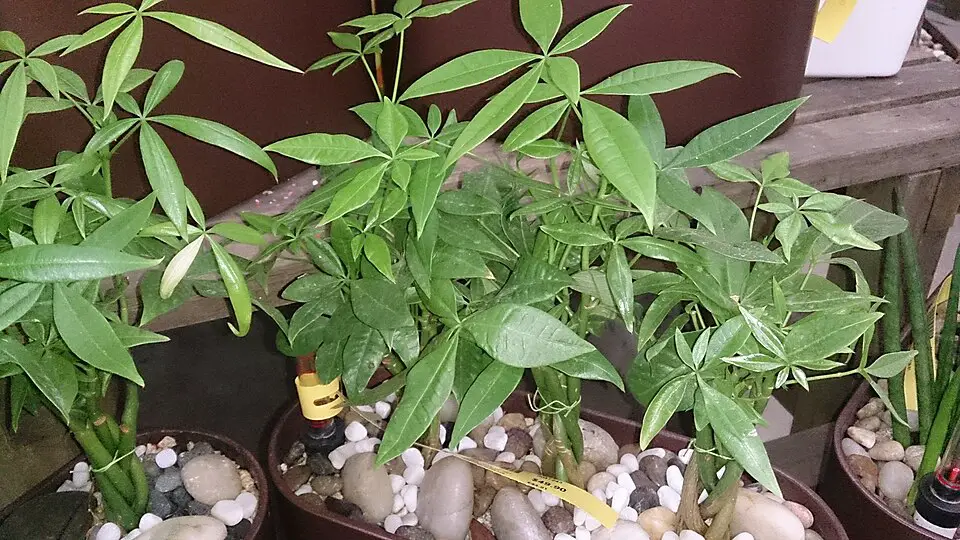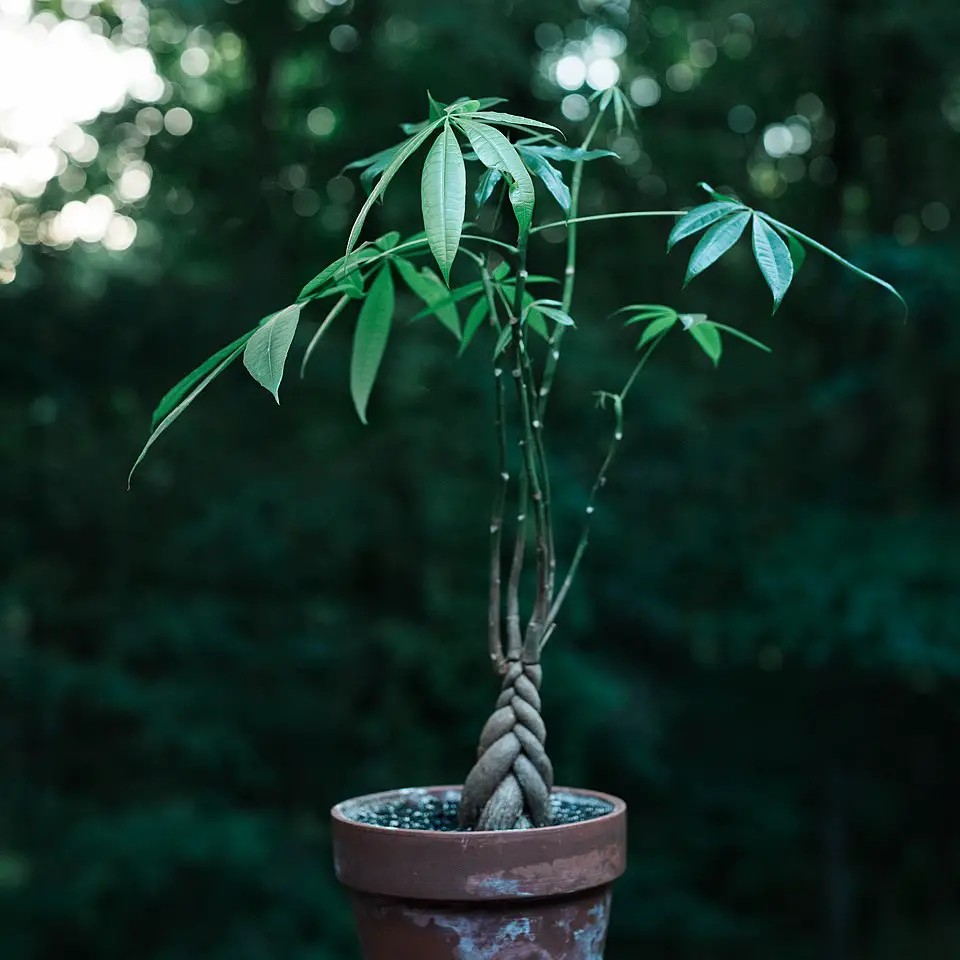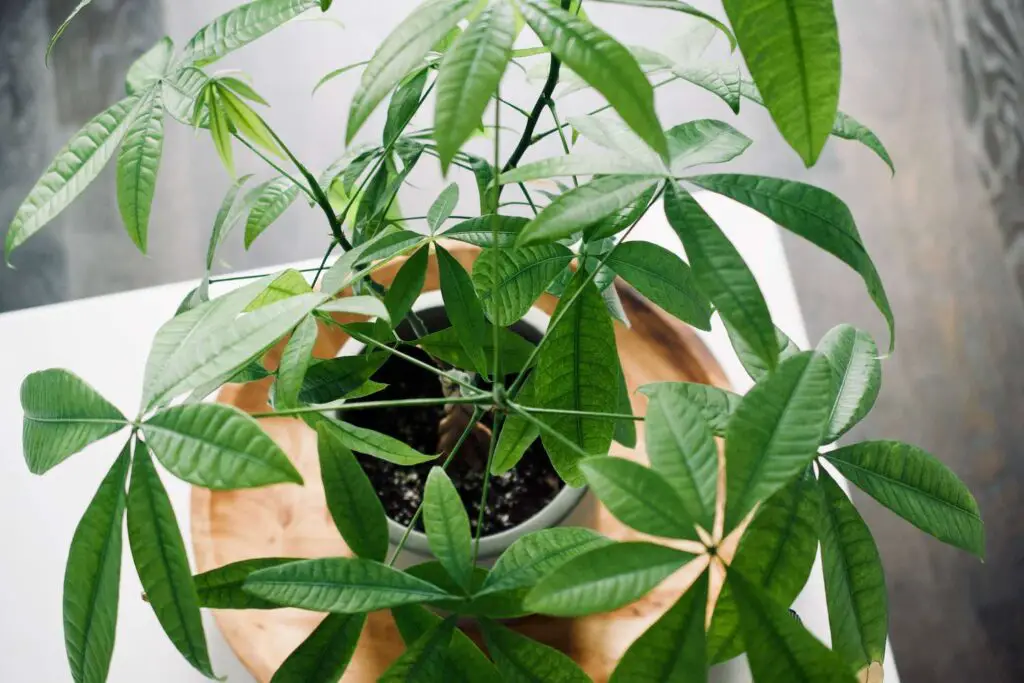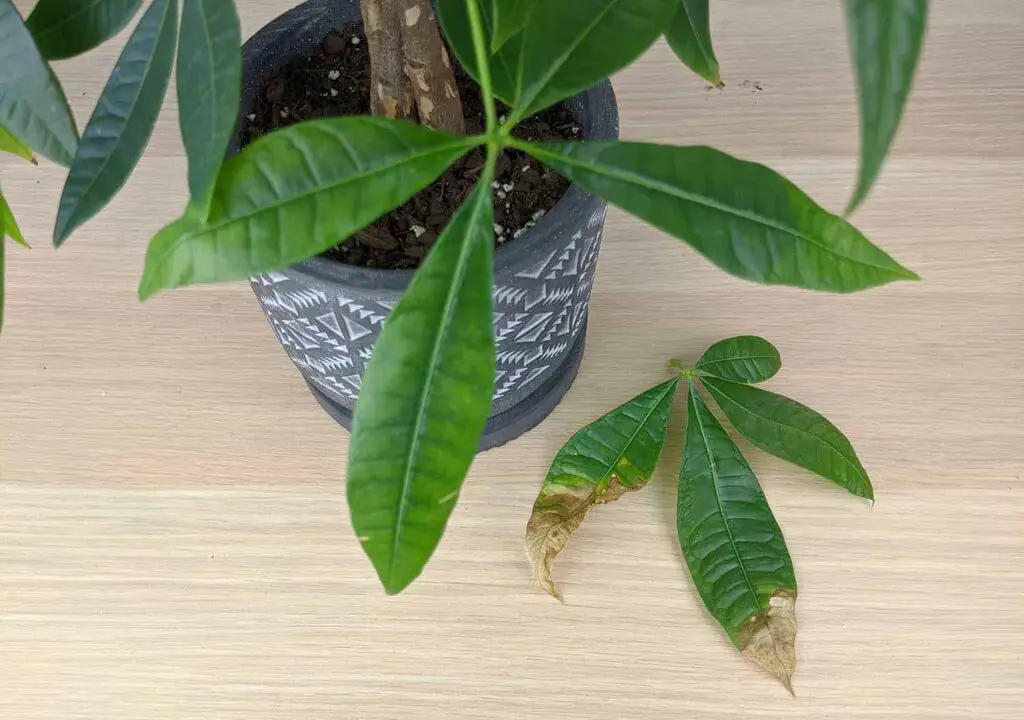To find unique varieties of Money Trees for sale, explore local nurseries, specialty plant shops, online retailers, and garden expos. Websites like Etsy and Amazon also offer diverse options. Look for reputable sellers to ensure quality plants.
Understanding the Money Tree
The Money Tree, scientifically known as Pachira aquatica, is a popular houseplant valued for its beautiful braided trunk and lush green leaves. It is often associated with good fortune and prosperity in various cultures. This tropical tree is native to Central and South America, thriving in wet environments like riverbanks. In addition to its aesthetic appeal, the Money Tree is relatively easy to care for, making it a favorite among both novice and experienced plant enthusiasts.

One of the most intriguing aspects of the Money Tree is its variety. Different cultivars can exhibit unique characteristics, such as leaf shape, size, and growth habit. This diversity makes collecting Money Trees an exciting endeavor for plant lovers. However, not all varieties are readily available in traditional stores. Therefore, knowing where to search is essential for finding these unique specimens.
Where to Purchase Unique Varieties
When shopping for unique varieties of Money Trees, it is crucial to explore various avenues. Each option provides different selections that can enhance your collection. Below are some recommended places to find unique Money Tree varieties:
- Local Nurseries: Many local nurseries carry a selection of Money Trees and may have unique varieties not found in larger chain stores.
- Specialty Plant Shops: Stores dedicated to houseplants often have a curated selection of unique Money Trees, including rare cultivars.
- Online Retailers: Websites like Amazon and eBay have numerous listings for Money Trees, including some unique varieties.
- Etsy: This platform features many small businesses and individual sellers offering unique and sometimes handmade plant products.
- Garden Expos and Fairs: Attending local plant fairs or garden expos can connect you with vendors who specialize in rare plants.
Additionally, when purchasing online, it is important to consider the seller’s reputation. Look for customer reviews and ratings to ensure that you are buying from a reliable source. This can help you avoid potential issues related to plant health or quality.

Unique Varieties of Money Trees
Here are some unique varieties of Money Trees that you might encounter during your search:
| Variety | Description |
|---|---|
| Braided Money Tree | This variety features multiple trunks that are braided together for a striking appearance. |
| Variegated Money Tree | This type has leaves with creamy white or yellow streaks, adding a unique touch to the standard green foliage. |
| Dwarf Money Tree | A smaller version of the typical Money Tree, ideal for limited space or as a decorative tabletop plant. |
Exploring these varieties can be a delightful journey. Each one has its own charm and can bring a distinctive flair to your indoor garden. When selecting a variety, consider your space and care preferences, as some may require more attention than others.
Whether you are a collector or just starting your plant journey, understanding where to find these unique Money Tree varieties can enhance your experience. With so many options available, you can easily find the perfect plant that aligns with your aesthetic and care capabilities.

Caring for Your Money Tree
Caring for a Money Tree is vital to keeping it healthy and thriving. Understanding the specific needs of your plant can lead to better growth and a longer lifespan. Here are some essential care tips to consider:
Light Requirements
Money Trees prefer bright, indirect light. Direct sunlight can scorch their leaves, while too little light can hinder growth. A good location is near a window with filtered light. If you notice your plant leaning toward the light source, it may need to be rotated periodically for even growth.
Watering Guidelines
Watering is one of the most crucial aspects of Money Tree care. Here are some guidelines:
- Frequency: Water your Money Tree when the top inch of the soil feels dry to the touch. Overwatering can lead to root rot, so it is better to underwater than overwater.
- Soil Type: Use a well-draining potting mix. A mix designed for succulents or cacti can work well.
- Drainage: Ensure that your pot has drainage holes to allow excess water to escape.
Humidity and Temperature
Money Trees thrive in a humid environment, which mimics their natural habitat. Here are tips for maintaining humidity and temperature:

- Humidity Level: Aim for humidity levels around 50-60%. You can increase humidity by misting the leaves or placing a humidifier nearby.
- Temperature: Ideal temperatures range from 65°F to 80°F (18°C to 27°C). Avoid exposing your plant to cold drafts or sudden temperature changes.
Fertilizing Your Money Tree
Fertilizing your Money Tree can promote healthy growth. Here are some tips on how and when to fertilize:
- Type of Fertilizer: Use a balanced liquid fertilizer diluted to half strength. Organic options are also available and can provide additional nutrients without the risk of chemical buildup.
- Frequency: Fertilize every four to six weeks during the growing season (spring and summer). Reduce or stop fertilizing in the fall and winter when the plant’s growth slows down.
Common Problems and Solutions
Even with proper care, Money Trees may encounter issues. Recognizing these problems early can help you address them effectively.
Pest Infestations
Pests like spider mites, mealybugs, and aphids can affect your Money Tree. Regularly inspect your plant for signs of infestation. If you notice pests:
- Isolate the Plant: Prevent the pests from spreading to other plants by moving the affected Money Tree away from others.
- Treatment: Use insecticidal soap or neem oil spray to treat infestations. Ensure thorough coverage of affected areas.
Leaf Discoloration
If you notice yellowing leaves, it could indicate various issues. Here are common causes:
- Overwatering: Yellow leaves may signify root rot due to too much water. Allow the soil to dry out before watering again.
- Underwatering: Conversely, if the leaves are wilting or browning at the edges, your plant may need more water.
Propagation Techniques
If you want to expand your collection or share your Money Tree with friends, propagation is an excellent option. Here are methods for propagating Money Trees:
Stem Cuttings
- Select a healthy stem with at least two leaves.
- Cut the stem just below a leaf node using clean, sharp scissors.
- Place the cutting in water or directly in potting soil.
- If using water, change it every few days until roots develop, then transfer it to soil.
Air Layering
This method involves creating a new root system while the cutting is still attached to the parent plant. Follow these steps:
- Select a healthy branch and make a small cut in the bark.
- Wrap moist sphagnum moss around the cut area and cover it with plastic wrap.
- Once roots form within a few weeks, cut the branch below the moss and plant it in soil.
Propagation can be a rewarding experience. It allows you to create new plants while enjoying the process of nurturing and caring for them.
2>Decorating with Money Trees Money Trees are not only valued for their cultural significance but also for their aesthetic appeal. Incorporating them into your home decor can enhance your living space and bring a sense of tranquility. Here are some ideas on how to decorate with Money Trees: The right placement of your Money Tree can maximize its visual impact. Consider the following tips: The pot you choose for your Money Tree can significantly influence its appearance. Here are some suggestions: In Feng Shui, Money Trees are believed to bring prosperity and good luck. Here’s how to incorporate them into your Feng Shui practice: The Bagua map is a tool used in Feng Shui to determine areas of your home that correspond to different life aspects. The Money Tree should ideally be placed in specific areas: To maximize the positive energy of your Money Tree, follow these Feng Shui tips: The Money Tree holds various cultural meanings and myths associated with it. Here are some notable aspects: In many cultures, particularly in Asian countries, the Money Tree is considered a symbol of good luck and prosperity. Here are some key beliefs: The myths surrounding Money Trees often highlight their magical properties: Understanding these cultural beliefs can deepen your appreciation for the Money Tree and its place in your home. By incorporating this plant thoughtfully into your decor and care routine, you can enjoy both its beauty and its significance. As th e popularity of the Money Tree continues to grow, so does the demand for unique varieties. Collectors and enthusiasts alike are always on the lookout for new and interesting plants to add to their collections. Here are some additional tips for finding these unique varieties: Online plant communities can be invaluable resources for discovering unique Money Tree varieties. Platforms such as social media groups, forums, and plant trading websites provide opportunities to connect with other enthusiasts. Here are some benefits: Botanical gardens often feature a diverse range of plants, including Money Trees. Visiting these gardens can provide inspiration and education. As the interest in indoor plants grows, it is essential to consider environmental sustainability. Here are ways to ensure that your plant purchases are eco-friendly: The a ddition of Money Trees to your living space can have numerous benefits beyond aesthetic appeal. Here are some advantages: The journey of discovering and caring for Money Trees can be both rewarding and fulfilling. With their unique varieties, rich cultural significance, and beneficial properties, these plants make excellent additions to any home or office. Whether you are searching for a braided trunk or a variegated leaf variety, the possibilities are endless. As you explore different sources for purchasing Money Trees, remember to consider factors such as care requirements and environmental sustainability. Engaging with online communities and local nurseries can open doors to unique finds while fostering connections with fellow plant enthusiasts. Ultimately, integrating a Money Tree into your life not only enhances your space but also connects you with the deeper meanings associated with this beloved plant. By understanding its cultural significance and following best care practices, you can enjoy the beauty and benefits of a Money Tree for years to come. So whether you are a seasoned collector or just starting your plant journey, the Money Tree offers something special for everyone. Happy planting!Placement Ideas
Choosing the Right Pot
Using Money Trees in Feng Shui
Bagua Map Placement
Enhancing Positive Energy
Cultural Significance and Myths
Cultural Beliefs
Mythology and Folklore
Unique Varieties and Their Availability
Participating in Online Plant Communities
Visiting Botanical Gardens and Plant Shows
Environmental Considerations and Sustainability
Enhancing Your Home with Money Trees
Final Thoughts
